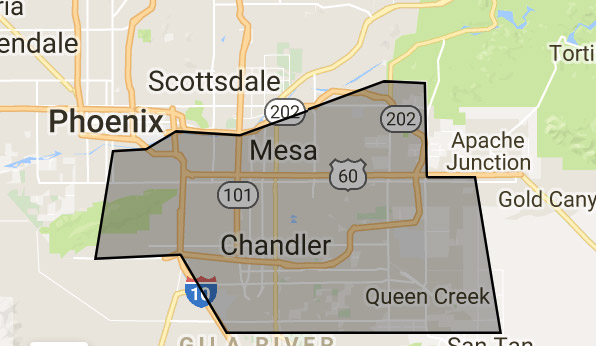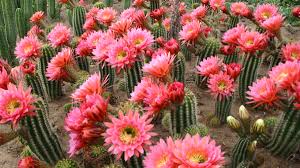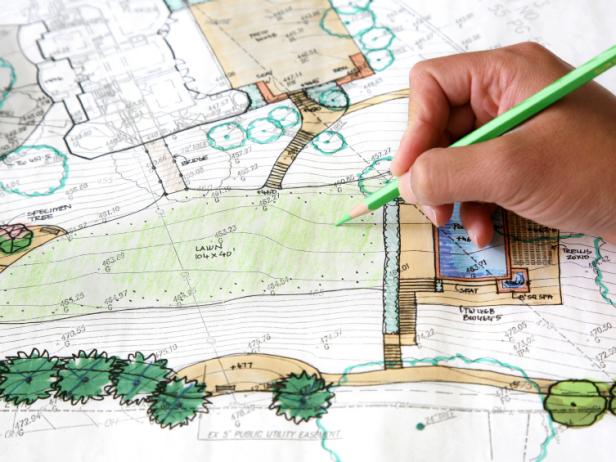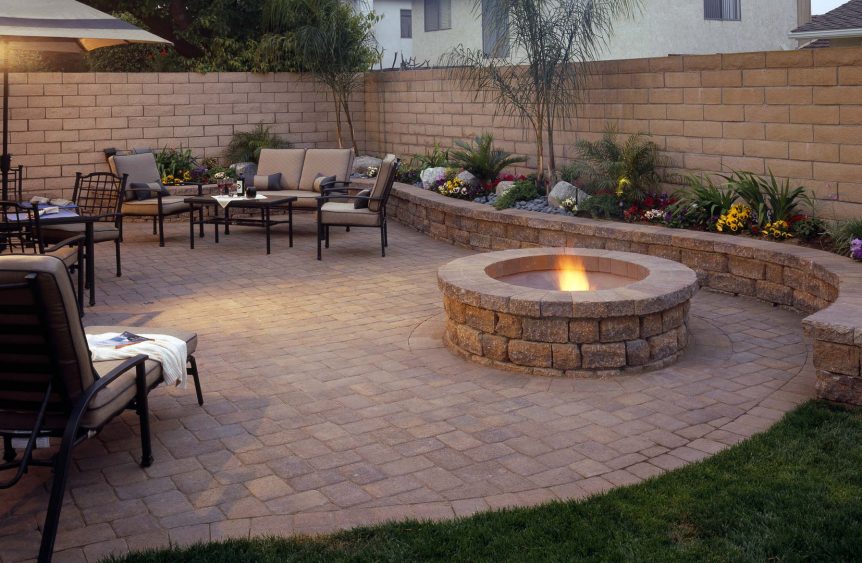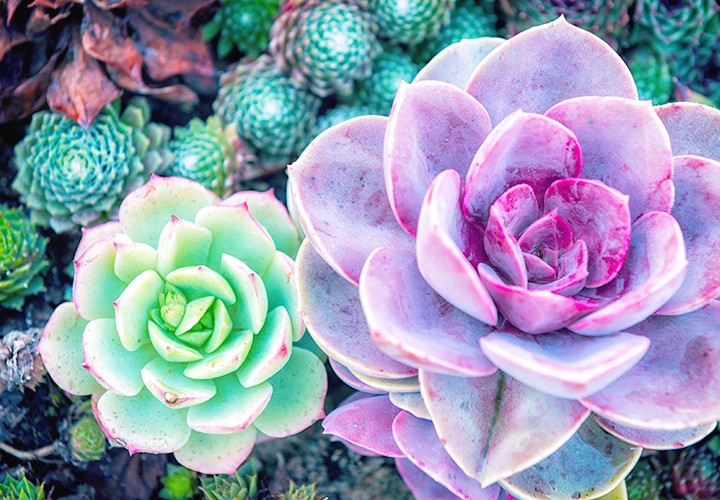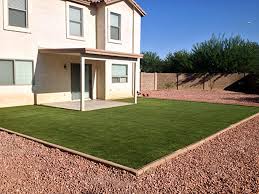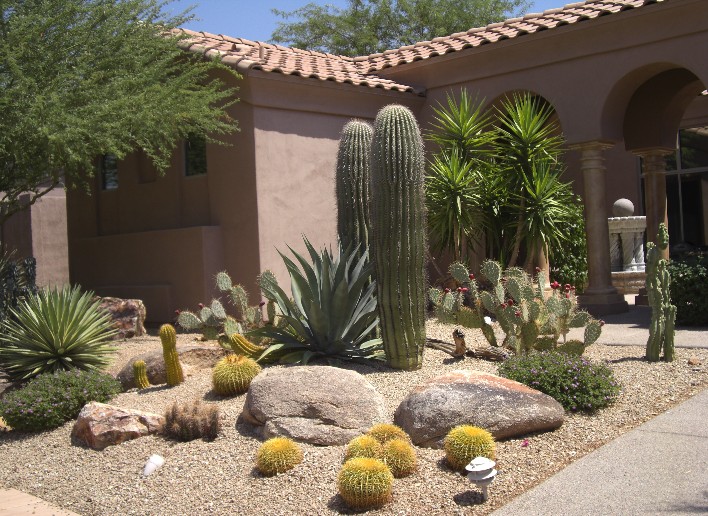The first time someone sees a jacaranda tree (Jacaranda mimosifolia), they may think they’ve spied something out of a fairy tale. This lovely tree often spans the width of a front yard, and is covered in beautiful lavender purple blooms every spring. Read on to learn how to grow a jacaranda tree if you have the right environment. Growing jacaranda …

Serving the Valley since 2001
Licensed, Bonded & Insured.
ROC #311919
